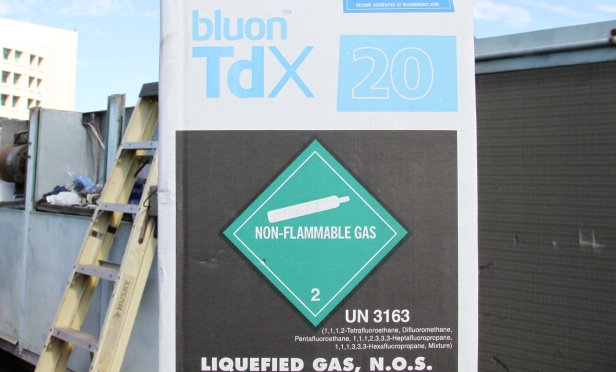 Bluon Energy exclusive GlobeSt.com: Why did Bluon originally focus on HVAC? Capuciati: GlobeSt.com: Why are R-22 and R-404 refrigerants problematic, and what sets TdX 20 apart from these industry standards? Capuciati: impactful to the environment GlobeSt.com: What are the benefits of using Bluon's refrigerants as opposed to other alternatives on the market? How do they compare to other energy-efficiency measures? Capuciati: GlobeSt.com: What are the global warming potential and ozone depletion characteristics of TdX 20? Capuciati:
Bluon Energy exclusive GlobeSt.com: Why did Bluon originally focus on HVAC? Capuciati: GlobeSt.com: Why are R-22 and R-404 refrigerants problematic, and what sets TdX 20 apart from these industry standards? Capuciati: impactful to the environment GlobeSt.com: What are the benefits of using Bluon's refrigerants as opposed to other alternatives on the market? How do they compare to other energy-efficiency measures? Capuciati: GlobeSt.com: What are the global warming potential and ozone depletion characteristics of TdX 20? Capuciati:© Touchpoint Markets, All Rights Reserved. Request academic re-use from www.copyright.com. All other uses, submit a request to [email protected]. For more inforrmation visit Asset & Logo Licensing.







